The game as a learning strategy - Conversation games
Conversation is an oral activity that allows the exchange of ideas between two or more people. As an oral genre, it is one that the child can work from very young. The conversation allows, in this way:

Source
- Habit of the child to express ideas
- Make him speak fluently.
- Develop and enrich your vocabulary.
- Correct and eradicate elocution defects (pronunciation)
- Use simple phrases of different types (enunciation, exclamation, interrogation).
- Increase your ability to relate events, incidents, events ...
- Use socially established forms (request for greeting, thanks, farewell).
- Teach the child to express himself with a good intonation, gesticulation and facial expression.
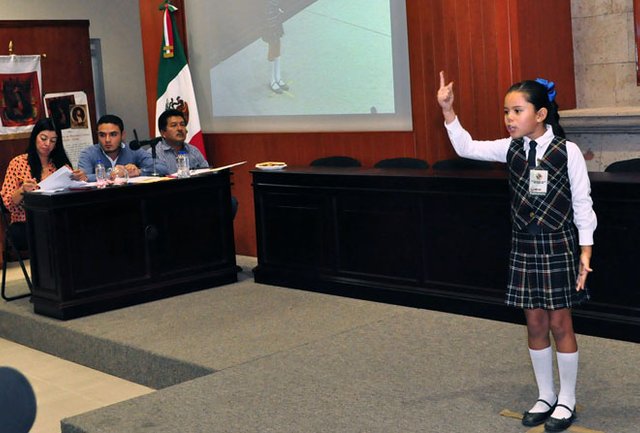
Source
The conversation can occur in a variety of situations and contexts, for this reason some possibilities to work in the classroom are proposed:
- Converse starting from an observation.
- Talk about a proposed topic.
- Establish occasional conversations about events that have occurred in the child's environment.
- Establish free conversations between children.
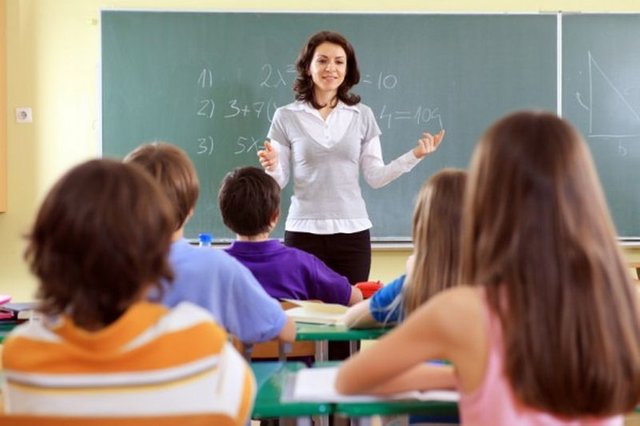
Source
For the application in the classroom, of these conversation games, the following is required:
Motivate the child from the beginning, basically starting from the description of facts, the reading of texts, the exhibition of works of art, etc.
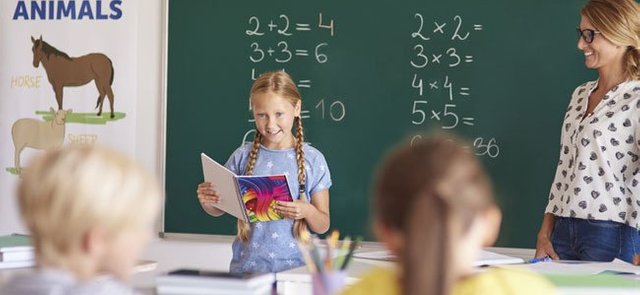
SourceEstablish the dialogue between the educator and the children, taking into account that the teacher should not be the protagonist of the conversation, but the one that motivates, directs, guides, moderates the student. In this way, the child feels the main actor in the conversation. In it, on the other hand, you have to avoid asking general questions, which usually have only two possible "yes" or "no" answers.
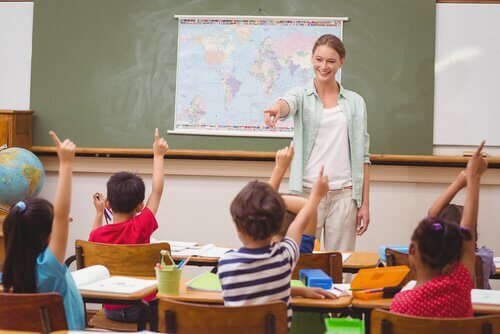
SourceTake advantage of the conversation to work on other linguistic games that enrich vocabulary, elocution, etc.
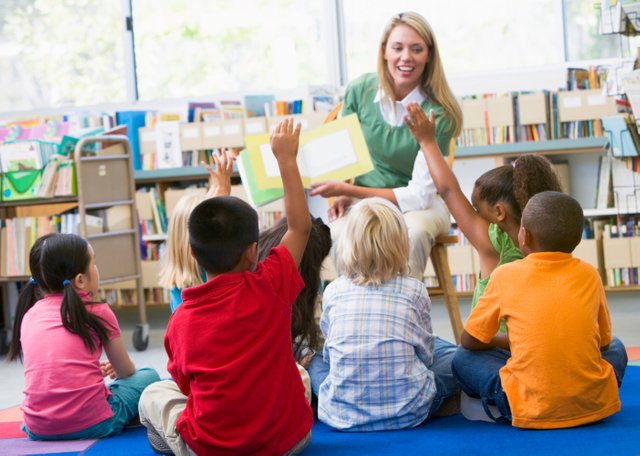
SourceMatch these games with others that belong to different areas of communication and representation.

Source
Source of information:
Practical manual for the teacher
Previous publication "The game as a learning strategy - Observation games # 2"
Greetings to all, working for a better education
Nice post. Good to have all this clearly stated in one article. One to copy-paste :-)
Merry evetything!
Thanks @hatsekidee, for reading and commenting on my post.